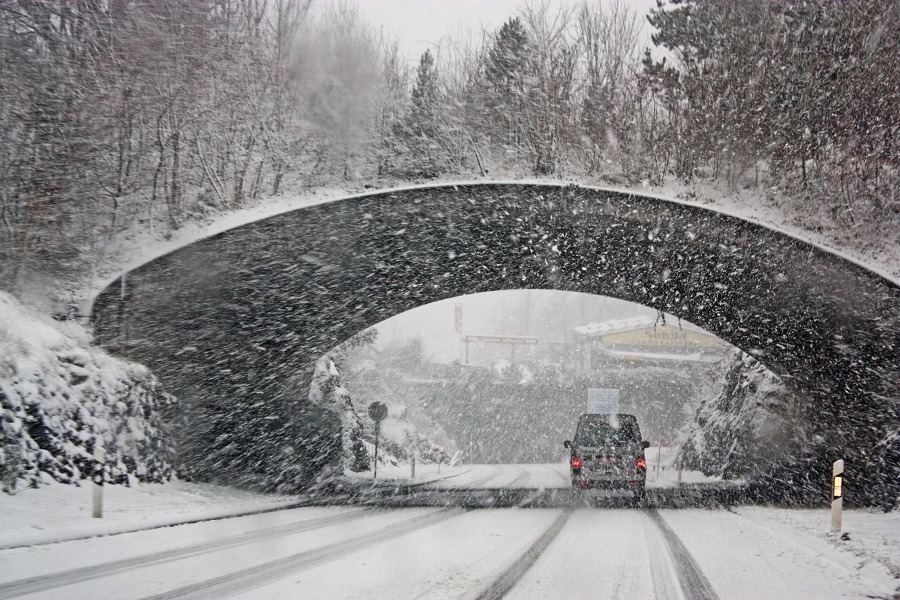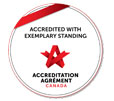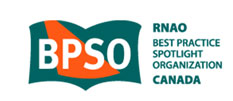Safe Winter Driving Tips for Caregivers


Winter has certainly arrived and the difficult driving conditions that come with the season can make your job as caregiver even more challenging—especially if you are rushing around from appointments, to the hospital, to day programs and back home again. Slippery roads, poor visibility and extreme temperatures all require more caution and patience. Here are some basic winter driving tips to keep you prepared and safe when venturing out on the roads this winter:
Be Winter Ready
If you haven’t already, bring your car in for a full check-up. Have the battery, ignition, brakes, lights, exhaust and heating system inspected and repaired. Replace windshield wipers and ensure that washer fluids and antifreeze levels are full. Check tire pressure regularly and invest in a set of winter tires.
See and be Seen
Always warm up your car properly and take the extra time to safely remove snow from the entire vehicle including windows, mirrors, lights, roof and hood. Keep an ice scraper in your car and don’t rely on your defroster to do the work. Drive with headlights on, even during the day, to make your vehicle more visible and to activate tail lights.
Slow Down
While this may seem obvious, many winter collisions happen because drivers are going too fast. Always give yourself extra travel time so you aren’t tempted to rush. Be patient, leave more distance from the car in front of you and brake earlier and more carefully. Use extra caution when approaching pedestrian crosswalks and intersections.
Stay Smooth
The best way to prevent skidding is to use light pressure on the accelerator, brakes and steering wheel—abrupt movements break traction. If you do start to skid, don’t panic! Take your foot off the break and carefully steer in the direction you want to go. Test this method in an empty parking lot, so you know how to react if you start to slide unexpectedly.
Be Prepared
In case things do go wrong and you are left stranded, keep a winter survival kit in your trunk. Helpful emergency supplies include: gloves, safety vest, booster cables, shovel, sand, blanket, flashlight, first aid kit, water bottles and some snacks. Paying for roadside assistance is a good idea and aim to keep your gas tank full during winter months.
Get off the Roads
The safest winter driving strategy is to avoid driving in bad weather all together. Be mindful of warnings and advisories, consider alternate travel arrangements and wait for conditions to improve. If driving does become too risky, find a place to stop until it’s safe to get back on the road.
While hibernating for the winter isn’t always a feasible option (especially as a busy caregiver), you can keep you and your passengers safe by following these winter driving safety tips.



